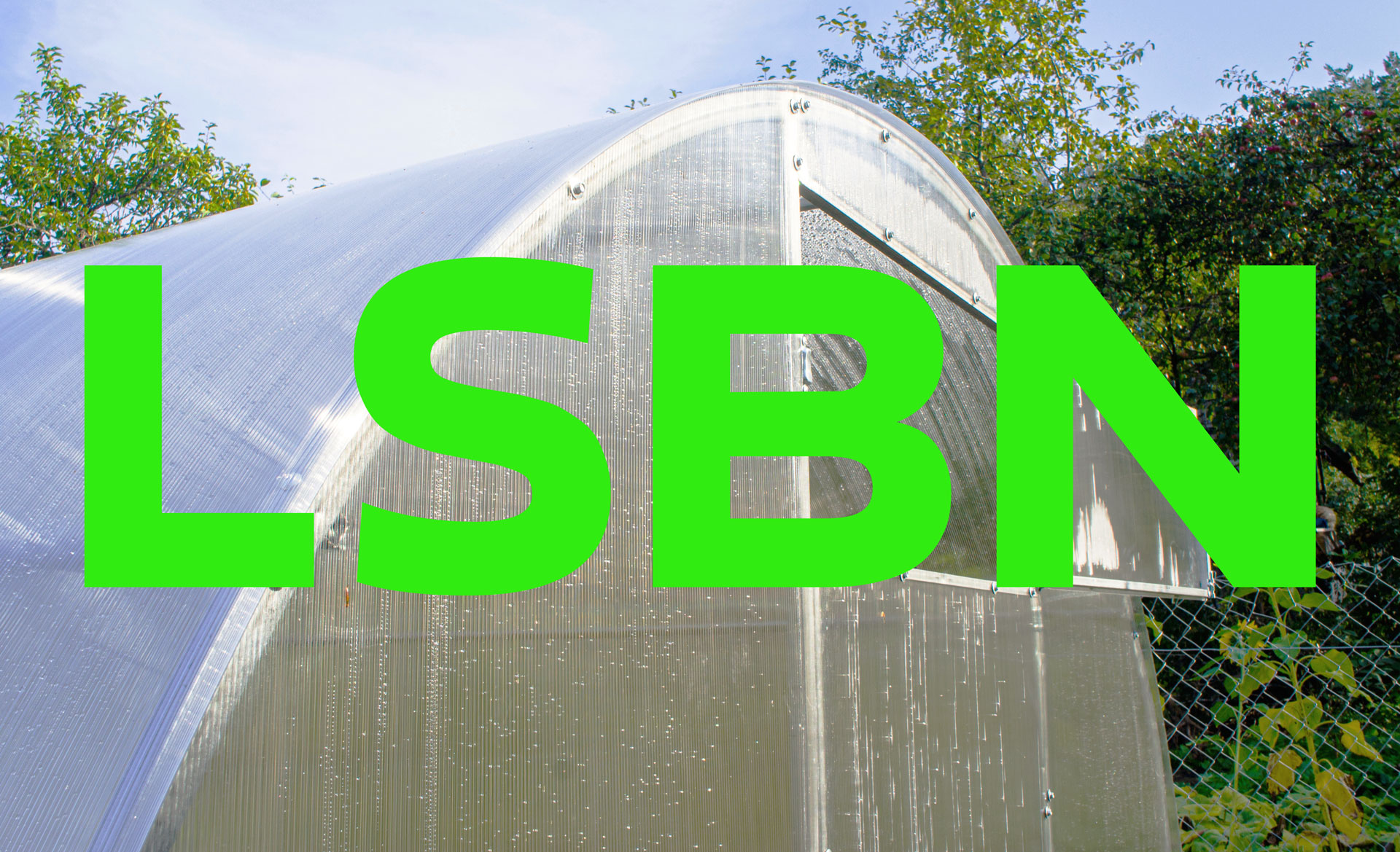


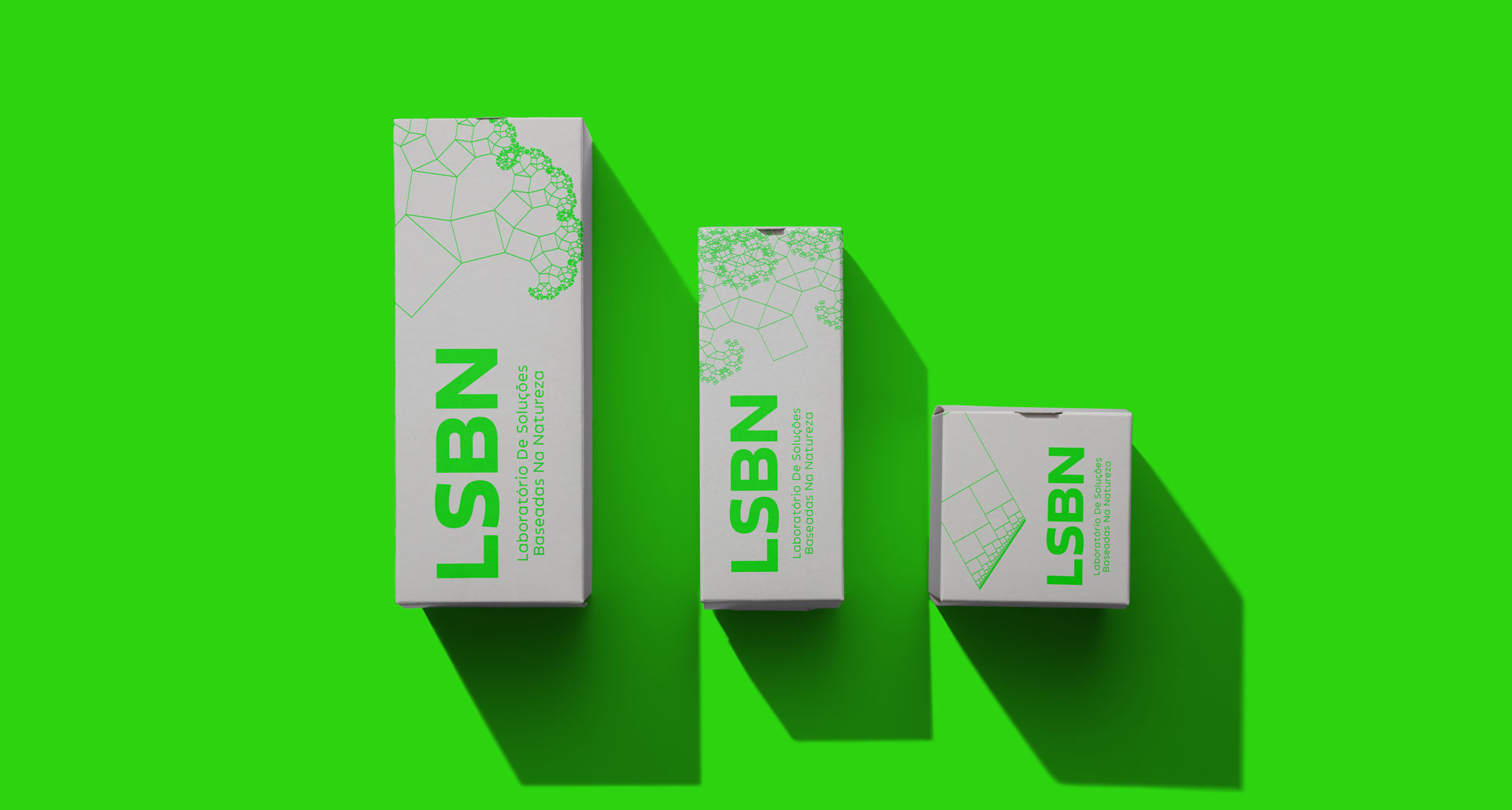
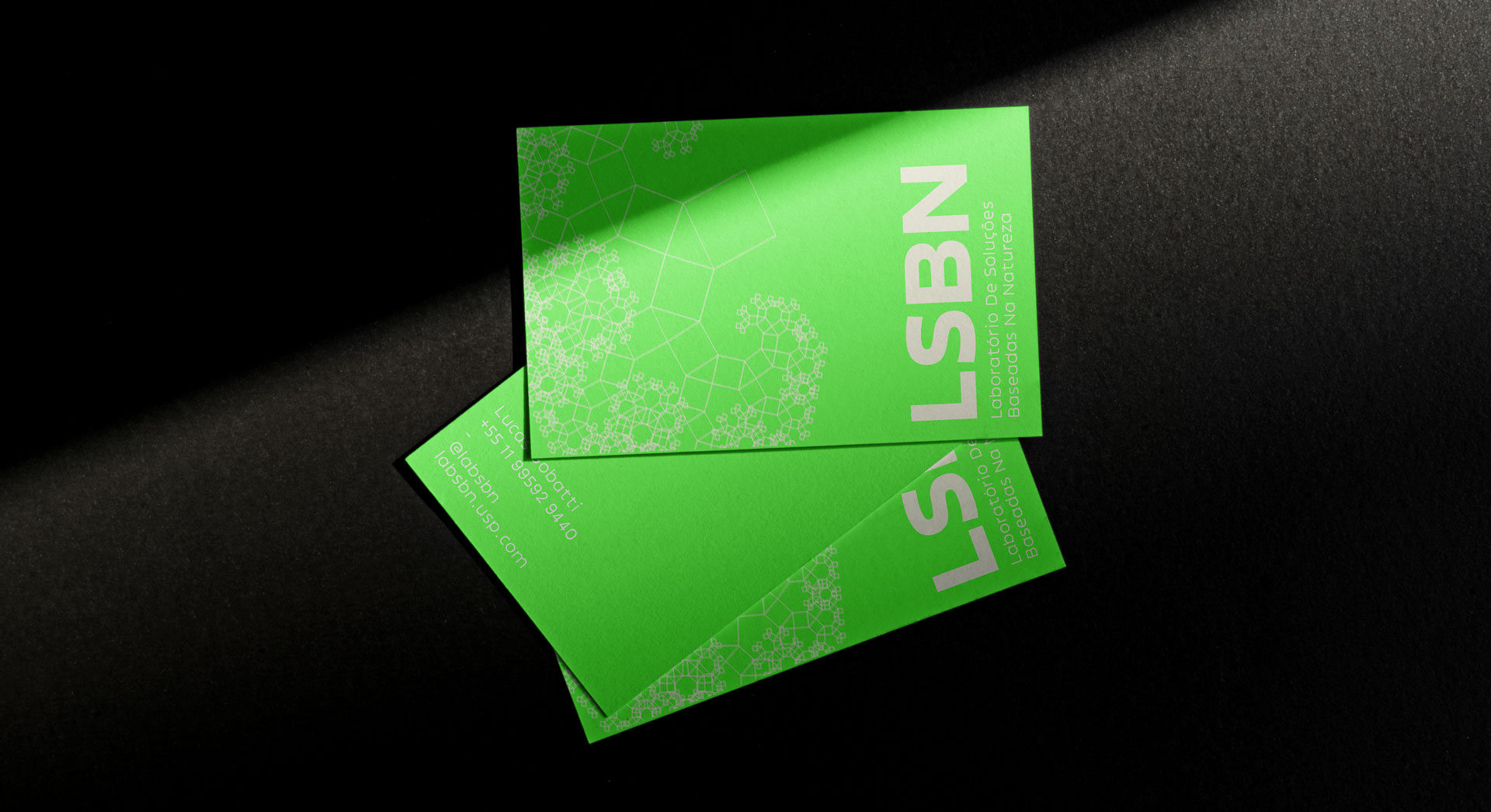


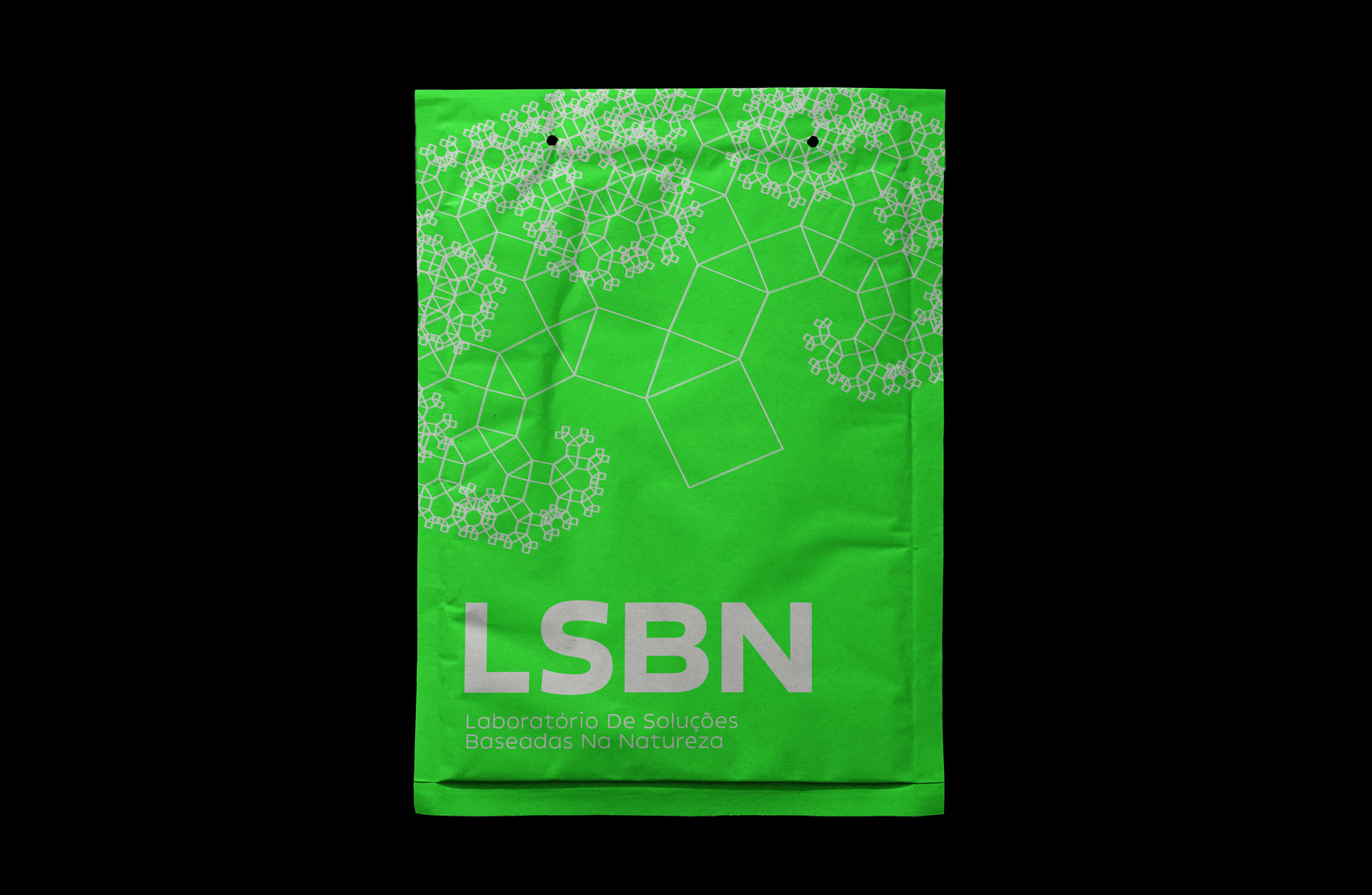





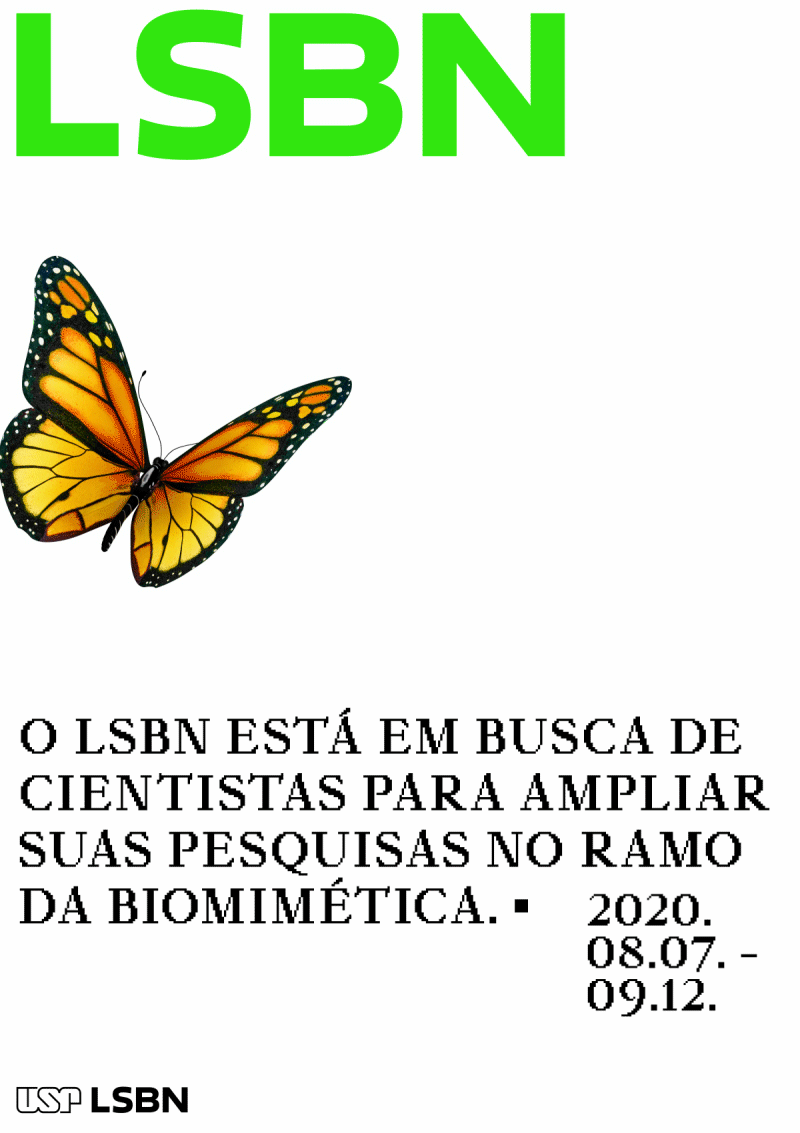

2020
Comissioned by University of São Paulo - USP
Comissioned by University of São Paulo - USP
LSBN
The Nature-Based Solutions Laboratory (LSBN) is one of the newest research laboratories at the Polytechnic School (Poli) of USP, created in November 2020, and its researchers study greener and more sustainable solutions and trends in buildings and environments, assessing its impact. Nature-Based Solutions (SBN) in the field of Engineering are technologies or interventions that seek to verify inspiration and validation in nature to create ways to support natural urban processes, being indicated by the UN as essential to achieve the Sustainable Development Goals (SDGs) of the 2030 Agenda.
The laboratory was born from two prototypes, built with support from the São Paulo State Research Support Foundation (FAPESP), for a master's research carried out at Poli, which studied the thermal performance of green roofs and their impact ceilings in the internal thermal conditions of the building. Then came other research, such as the study of the impact of vertical gardens, which needed models similar to those applied in the initial prototypes. At LSBN, researchers are also developing research on rain gardens, which are depressions in the land. They can be both artificial and natural, and contribute to the retention and infiltration of surface runoff of rainwater.
With all this in mind, it was necessary to create an identidy that dialogue with public of different ages, but don't stop talk to the academic references that already exist at USP. With all this in mind, it was necessary to create a visual that dialogue with a public of different ages, but don't stop talk to the academic references that already exist. The communication visual created for LSBN was thought to bring the spirit and transmit a aspirational tone of what they want to build inside the lab. Therefore, we do not needed to follow a static and definitive visual language, but we can think of visual developments that can be reproduced in different ways in the future, just as it happens in nature.
L-systems are a particular type of dynamic symbolic system that gives a geometric interpretation to the evolution of systems. More recently, L-systems have had many applications in computer graphics (Smith 1984, Prusinkiewicz and Hanan 1989; Prusinkiewicz and Lindenmayer 1991). Two of the main areas include fractal generation and realistic plant modeling. The language used to generate L-systems is axiomatized in characters, promoting a connection between the logical problem and the visual solution. It uses symbol rewriting as a basic technique, thus creating complex objects by the interaction of a set of rules or productions to replace parts of simple initial geometry. The initial geometry is called the initializer (or axiom) and the rules that give instructions for substitutions are called generators or productions.
For the visual system of this work, I created a work tool, using Adobe Illustrator and JavaScript. It generates different vectorized L System fractals from a drop-down list and allowed me to control the number of segments, angle and length of the segments I created, generating illustrations that depart from this L Systems thinking. From these studies, three different axioms were chosen. For colors, a palette that refers to nature and technology.
Scope:
Design
Team:
Design Direction: Dandara Hahn
LSBN: Lucas Gobatti
Type:
Obibok
The Nature-Based Solutions Laboratory (LSBN) is one of the newest research laboratories at the Polytechnic School (Poli) of USP, created in November 2020, and its researchers study greener and more sustainable solutions and trends in buildings and environments, assessing its impact. Nature-Based Solutions (SBN) in the field of Engineering are technologies or interventions that seek to verify inspiration and validation in nature to create ways to support natural urban processes, being indicated by the UN as essential to achieve the Sustainable Development Goals (SDGs) of the 2030 Agenda.
The laboratory was born from two prototypes, built with support from the São Paulo State Research Support Foundation (FAPESP), for a master's research carried out at Poli, which studied the thermal performance of green roofs and their impact ceilings in the internal thermal conditions of the building. Then came other research, such as the study of the impact of vertical gardens, which needed models similar to those applied in the initial prototypes. At LSBN, researchers are also developing research on rain gardens, which are depressions in the land. They can be both artificial and natural, and contribute to the retention and infiltration of surface runoff of rainwater.
With all this in mind, it was necessary to create an identidy that dialogue with public of different ages, but don't stop talk to the academic references that already exist at USP. With all this in mind, it was necessary to create a visual that dialogue with a public of different ages, but don't stop talk to the academic references that already exist. The communication visual created for LSBN was thought to bring the spirit and transmit a aspirational tone of what they want to build inside the lab. Therefore, we do not needed to follow a static and definitive visual language, but we can think of visual developments that can be reproduced in different ways in the future, just as it happens in nature.
L-systems are a particular type of dynamic symbolic system that gives a geometric interpretation to the evolution of systems. More recently, L-systems have had many applications in computer graphics (Smith 1984, Prusinkiewicz and Hanan 1989; Prusinkiewicz and Lindenmayer 1991). Two of the main areas include fractal generation and realistic plant modeling. The language used to generate L-systems is axiomatized in characters, promoting a connection between the logical problem and the visual solution. It uses symbol rewriting as a basic technique, thus creating complex objects by the interaction of a set of rules or productions to replace parts of simple initial geometry. The initial geometry is called the initializer (or axiom) and the rules that give instructions for substitutions are called generators or productions.
For the visual system of this work, I created a work tool, using Adobe Illustrator and JavaScript. It generates different vectorized L System fractals from a drop-down list and allowed me to control the number of segments, angle and length of the segments I created, generating illustrations that depart from this L Systems thinking. From these studies, three different axioms were chosen. For colors, a palette that refers to nature and technology.
Scope:
Design
Team:
Design Direction: Dandara Hahn
LSBN: Lucas Gobatti
Type:
Obibok